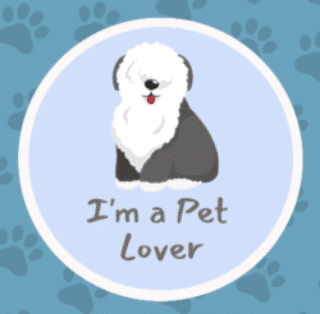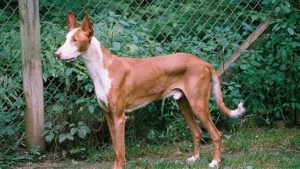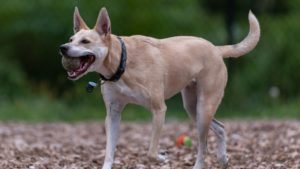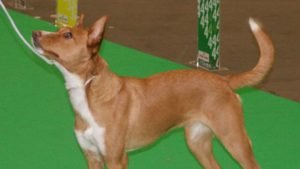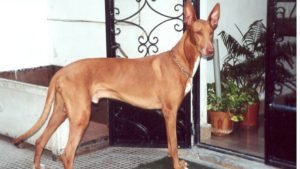Xoloitzcuintli History
The history of the Xoloitzcuintli (Xolo) is as rich and complex as its name, with roots reaching back to ancient civilizations in Mexico. These dogs were considered sacred by the Aztecs, Toltecs, and Maya and were believed to guide souls into the afterlife. The Xoloitzcuintli has a historical legacy that makes it more than just a pet; it’s a living artifact of ancient Mexican cultures. The breed’s name comes from the Aztec god Xolotl and the word ‘Itzcuintli,’ which means dog in the Aztec language. The history of the Xolo is related to Mexican culture, which is considered the national dog of Mexico. Only a few breeds have the spiritual and historical significance of the Xoloitzcuintli, making owning one a unique experience.
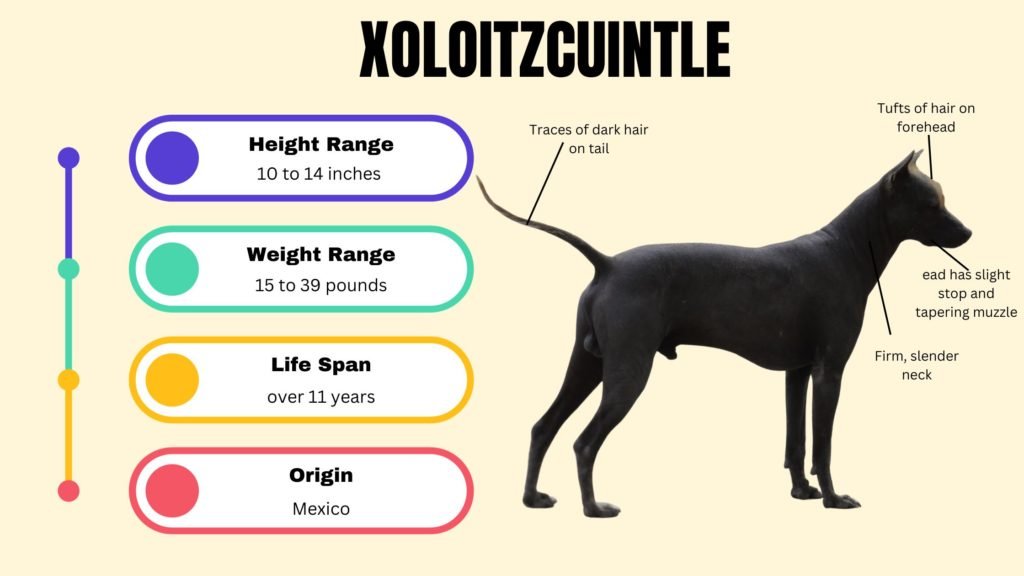
Xoloitzcuintli Characteristics
When it comes to characteristics, the Xoloitzcuintli is truly a unique breed. They come in three sizes: standard, miniature, and toy, catering to different lifestyle needs. The most striking feature is, of course, their skin. The hairless variety’s skin is tough and protective, almost like a hide. Coated Xolos, on the other hand, have a smooth, short coat that’s easy to maintain.
Interestingly, hairless and coated types can be born in the same litter, a rarity in dog breeding. The breed also has a moderate exercise requirement, making it ideal for active individuals and those who prefer a more relaxed lifestyle. All these characteristics make the Xoloitzcuintli a versatile companion, adaptable to various living conditions.
Xoloitzcuintli Personality
The personality of the Xoloitzcuintli is as intriguing as its history and physical characteristics. These dogs are incredibly loyal, forming deep emotional bonds with their owners. They crave human interaction and can become anxious or destructive if left alone for long periods. But their loyalty also makes them excellent watchdogs; a Xolo is always alert and aware of its surroundings, ready to protect its family if needed. Despite their somewhat guarded nature, they are affectionate with their family, including respectful children and other animals, especially if they have training from a young age. Their intelligence and sensitivity make them highly trainable, but they do best with positive reinforcement. They are different from dogs that respond well to harsh training methods or inconsistency. Consistency, positive reinforcement, and a loving home are vital in bringing out the best in a Xolo’s personality.
Xoloitzcuintli Life Span
The Xoloitzcuintli enjoys a remarkable life span of 15 to 20 years, making it one of the longer-living breeds. This extended life span is partially attributed to the breed’s robust health and low susceptibility to common canine ailments. However, Xolos are not entirely exempt from health issues like all dogs. The longer life span means you will have a long-term commitment to care for the dog, which may include managing senior health problems, like arthritis or age-related heart conditions. A Xolo’s aged years often require specific dietary needs, like a lower-calorie intake, to offset a decreased metabolism. In addition, older Xolos might need modifications in their living environment—such as ramps to assist with mobility issues. Hence, adopting an Xolo isn’t just a momentary decision but a long-term obligation.
Xoloitzcuintli Family Life
Xolos have a high level of emotional intelligence, making them incredibly attuned to the moods and dynamics of their human family. They offer emotional support and can be perfect companions for families with children, elders, or individuals with special needs. However, it’s essential to consider that Xolos thrives on routine and stability. Frequent changes in family dynamics or living conditions can make them anxious. Providing a consistent, loving environment is crucial for their emotional well-being. They are also affectionate with family members, often forming a particularly close bond with one person. This high level of emotional investment means they can be susceptible to separation anxiety, so potential owners must be prepared for the responsibility of providing consistent companionship.
Xoloitzcuintli Habitat and Diet
Native to Mexico, Xolos are adaptable and can live comfortably in various settings—from city apartments to rural homes. However, they are susceptible to extreme temperatures because they lack a full fur coat. Hence, indoor living with controlled temperatures is ideal. Diet-wise, Xolos requires high-quality dog food to maintain optimal health. Some may have specific allergies or sensitivities, so it’s advisable to consult your veterinarian for a tailored diet plan. Premium dog food rich in nutrients but low in fillers is typically recommended. Because Xolos can be prone to obesity, monitoring food portions and regular exercise is essential.
Xoloitzcuintli Temperament
The Xolo is a complex breed when it comes to temperament. They are reserved yet warm and watchful but not usually aggressive. These dogs have unique characteristics that make them ideal for owners. They are naturally wary of strangers but warm up quickly once a person is recognized as non-threatening. Socialization from puppyhood is crucial, and this breed needs ongoing training and engagement to maintain its balanced temperament. They are intelligent dogs, responding well to mental stimulation like puzzles or complex toys.
Xoloitzcuintli Coat Color and Grooming
When it comes to the Xoloitzcuintli’s coat, diversity is the key. The Xolo, which comes in hairless and coated varieties, offers a unique range of shades, including black, bronze, fawn, and slate. This kaleidoscope of colors adds another level of allure to this already fascinating breed. Grooming a Xolo is simple, yet entirely different depending on whether you have a hairless or a coated dog. The hairless variety needs weekly attention to their skin to remain clean and hydrated. A soft cloth and a good-quality pet moisturizer can do wonders. It’s also crucial to be vigilant about sun protection, especially if your Xolo enjoys spending time outdoors. The coated Xolo, by contrast, has a short, smooth coat that benefits from regular brushing to remove loose hair and to keep the coat shiny by distributing the skin’s natural oils.
Xoloitzcuintli Health
While the Xoloitzcuintli is generally a hearty breed, you shouldn’t ignore potential health concerns. Awareness of possible genetic conditions like hip dysplasia and patella luxation is crucial. Some Xolos, particularly the hairless ones, can have dental issues stemming from the same gene that causes their lack of hair. However, these are usually not severe problems and seldom hinder the dog’s quality of life. Responsible breeding helps to minimize health concerns. That said, it’s essential to maintain regular vet appointments for preventative care, vaccinations, and any age-related issues that might crop up, like arthritis in senior dogs.
Xoloitzcuintli Price
When it comes to the price of an Xolo, you must consider various factors. Not only does the initial cost of the dog range from $600 to $3000 depending on lineage and breeder reputation but there are also ongoing expenses. From food to vet bills, training to unforeseen health issues, owning an Xolo can be a financial commitment that goes well beyond the initial price tag. Budgeting for this lifelong commitment is crucial to ensure you can provide the best life for your Xolo.
Xoloitzcuintli Trainability
Xolos are intelligent and generally eager to please, which makes them relatively easy to train. However, they are also independent, which means a consistent and structured approach to training is essential. Positive reinforcement techniques work best, along with early socialization. Puppy classes are a great way to kickstart this, exposing the young Xolo to various people, animals, and environments to help them become well-adjusted adults.
Xoloitzcuintli Care
Whether hairless or coated, the Xolo requires a specialized approach to care. For the hairless variety, skin care is critical. You must pay attention to their skin needs, from sun protection to moisturizing. Coated Xolos are relatively low-maintenance but still benefit from a brushing regimen to keep their coat healthy. Diet-wise, Xolos requires high-quality dog food tailored to their size, age, and activity level. Consult your vet to determine your dog’s best dietary plan. Exercise needs are usually moderate, but mental stimulation is equally important for this intelligent breed.
